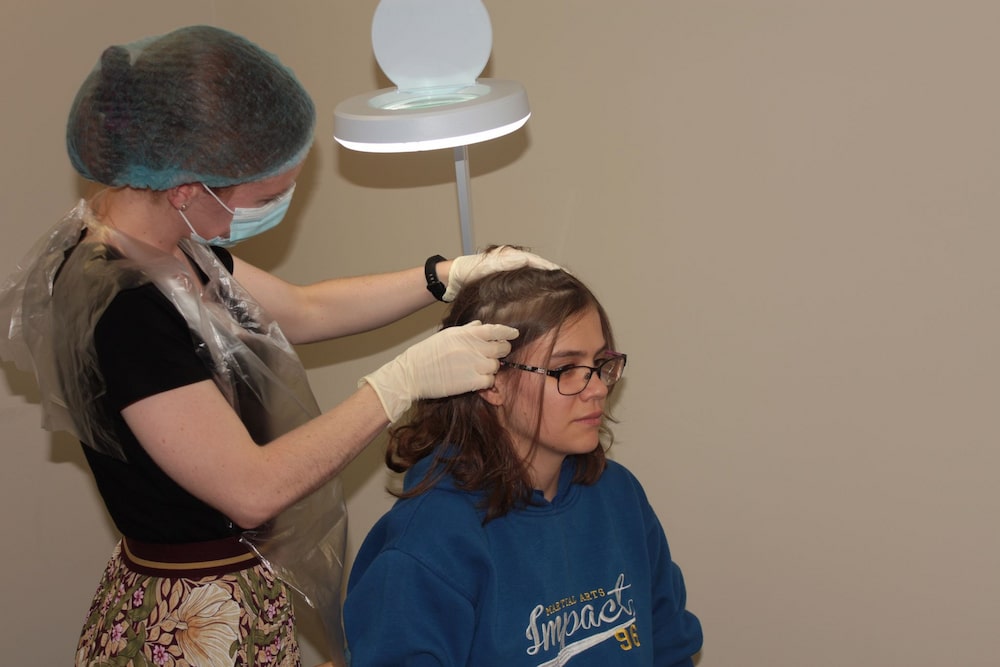Researchers from the University of Canberra are seeking volunteers for a free clinical trial involving a new natural head lice treatment in school-aged children across the ACT.
The project began after Associate Professor Jackson Thomas, an academic scientist , and his colleagues noticed that the currently available head lice treatments, particularly the insecticide-based, are performing poorly due to resistance.
“Head lice is a huge public health problem not just in Australia but across the globe, affecting children irrespective of their socioeconomic backgrounds. In Australia, it affects 1 in 5 school children at any given time and about 30% miss school as a result,” Dr Thomas said.
“Head lice infestation is associated with so much stigma that it results in embarrassment and low self-esteem for the parent and child.”
According to NSW Government Health, when treating your children or yourself for head lice, natural products like tea tree oil are not recommended.
“Tea tree oil is considered to be one of the most effective treatments currently available, but the limitation is when it is used in its un-diluted form it can cause drying, itchiness and irritation in some people,” Dr Thomas said.
However, after working on the project since its inception in 2015, the newly developed University of Canberra treatment is non-pesticidal, plant-derived and environmentally friendly.
“To make a comparison, it has outperformed tea tree oil in lab-based studies and has shown good safety profile in pre-clinical and in use human studies. More importantly, this formulation doesn’t stick, it doesn’t run down to the eyes, and doesn’t cause dryness….. It has taken us a few years to get to this stage.”
a free clinical trial involving a new natural head lice treatment in school-aged children across the ACT.
Any child aged 5-16 years in the ACT with signs of head lice infestation is welcome to be part of this trial.
Dr Thomas said high cases are often found in teenagers, but anyone can be infected.
“A reason of higher cases in teens is selfies. This came as a surprise for us, but it happens among teens a lot because of smart phone usage, whereas small children don’t take selfies.”
“We also know of several cases of schoolteachers getting it from kids, and they have to take time from work to get it treated,” he said.
According to Dr Thomas, there are no exact data about the number of head lice cases in the ACT, but the ACTs only specialised head lice treatment clinic is reported to treat an average of 20 clients per month.
“Families often end up spending several hundred dollars for treatments but a lot of families may not be able to afford these treatments.”
“There are a lot of head lice cases out there.”
The new head lice treatment has successfully undergone a series of independent safety evaluations, involving cell-based, animal, and human studies. Provided at no cost, the treatment process involves two applications that will be compared to a gold standard, commercial head lice treatment.
To accommodate the community needs, the clinic will be running until 8.30pm and there will be a lucky draw to win a tablet.
Those interested in participating can register their interest at https://calendly.com/headlice-research-uc/head-lice-clinical-trial-appointment
For more:
- Facebook blocks ACT Health and most directorate pages
- ACT Renting Book updated amid rental crisis
- Katie Noonan named National Folk Festival artistic director



